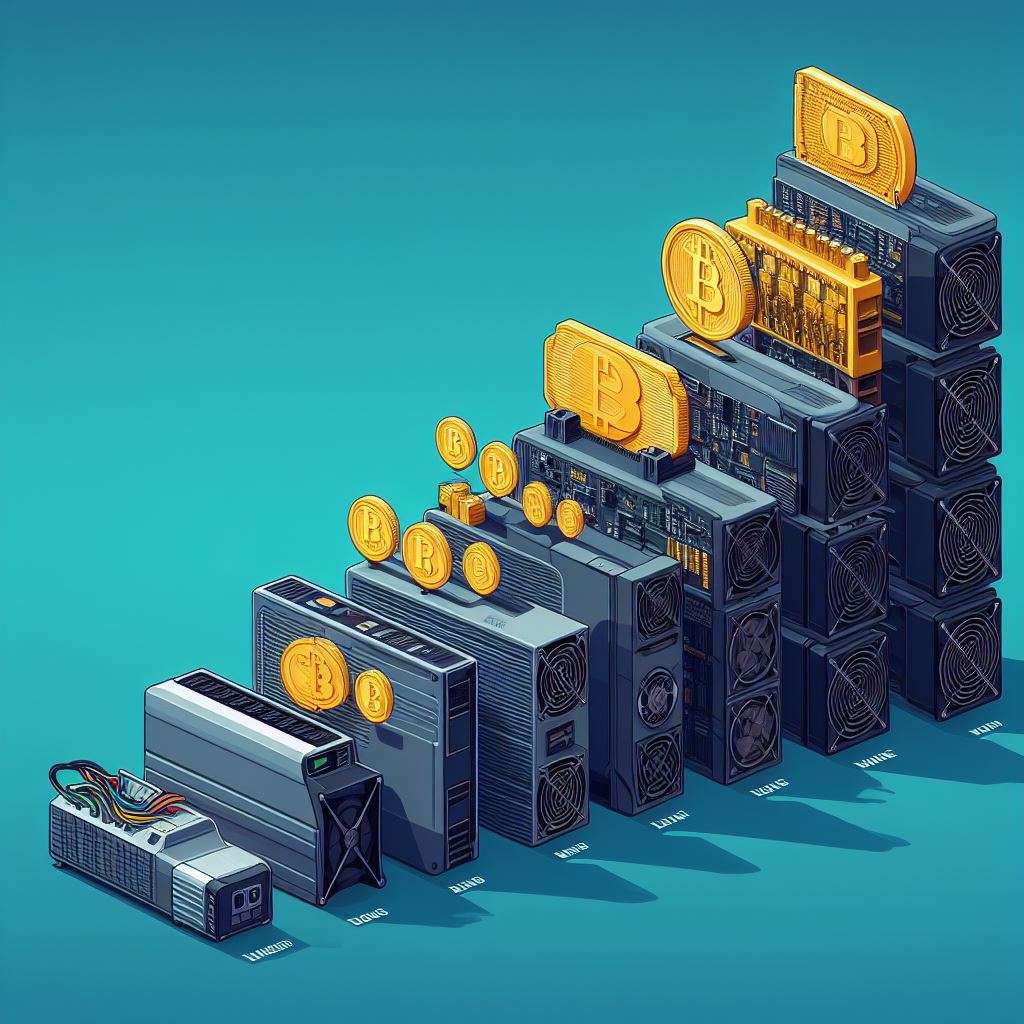
In a noteworthy development in the world of cryptocurrency, a report released by JPMorgan has cast light on the future of the Bitcoin network. According to their findings, there is a significant shift on the horizon, one that could impact both investors and miners alike. JPMorgan predicts that the Bitcoin network hash rate might witness a notable decline of around 20% following the next Bitcoin halving event slated for April 2024.
For those who may not be well-versed in the intricate world of cryptocurrencies, the network hash rate of Bitcoin plays a vital role. It’s essentially a measure of the computational power miners invest in securing and processing transactions on the blockchain. A high hash rate implies a secure network, while a lower rate may signify potential vulnerabilities.
So, what’s behind this anticipated reduction in the network hash rate? JPMorgan attributes it to the decommissioning of less-efficient mining hardware. To put it simply, as the Bitcoin network evolves and becomes more demanding, older and less capable mining equipment may no longer cut it, forcing miners to upgrade.
As per JPMorgan’s estimation, this change could result in the removal of roughly 80 EH/s (exahashes per second), which translates to approximately 20% of the current network hash rate. This forecast raises a series of intriguing questions and potential consequences for the world of Bitcoin.
Why Does the Network Hash Rate Matter?
Before diving into the implications, it’s essential to understand why the network hash rate is such a crucial aspect of the Bitcoin ecosystem. In simple terms, it’s a measure of the network’s overall security and efficiency. A higher hash rate makes it more difficult for malicious actors to compromise the network, and it ensures the reliable confirmation of transactions.
A lower hash rate, on the other hand, can result in slower transaction processing and potentially expose the network to security risks. Therefore, a substantial decline in the hash rate could have ripple effects on the entire Bitcoin ecosystem.
The Bitcoin Halving Event
To comprehend the significance of this forecast, it’s necessary to first understand what a Bitcoin halving event is. Bitcoin operates on a predetermined supply schedule, and roughly every four years, the number of new Bitcoins generated with each mined block is halved. This process is designed to limit the total supply of Bitcoin to 21 million coins, making it deflationary in nature.
The most recent halving took place in May 2020, reducing the block reward from 12.5 to 6.25 Bitcoins. The upcoming halving, scheduled for April 2024, will further reduce this reward to 3.125 Bitcoins per block. This reduction in the reward incentivizes miners to improve their hardware and operational efficiency to maintain profitability.
The Decommissioning of Inefficient Hardware
The JPMorgan report highlights that with each halving event, older and less efficient mining hardware becomes increasingly unprofitable. Miners, in their quest for economic viability, have to upgrade their equipment to compete in the race for block rewards.
As a result, it’s expected that a substantial portion of the mining community will phase out their outdated machines, leading to a decrease in the overall network hash rate. This process is not only natural but essential for the continued growth and security of the Bitcoin network.
Implications for Miners and Investors
For Bitcoin miners, this forecast necessitates a proactive approach. To remain competitive and profitable, they will need to invest in newer, more efficient hardware, even if it requires a significant upfront cost. This transition may pose challenges, particularly for smaller miners, but it’s a crucial step for the long-term sustainability of the network.
On the flip side, investors in the cryptocurrency space should take note of these developments. A lower network hash rate may lead to slower transaction processing and, in some cases, increased fees. Additionally, it might introduce an element of unpredictability into the network’s security, which could influence market sentiment.
The Bigger Picture
It’s important to understand that this forecast isn’t necessarily a negative development for Bitcoin. In fact, it signifies the network’s resilience and adaptability. The Bitcoin network has consistently evolved and grown over the years, overcoming various challenges and hurdles.
The decommissioning of older mining hardware is a natural progression in the life cycle of a blockchain network. While it might result in a short-term drop in the hash rate, it also paves the way for increased efficiency, security, and long-term sustainability.
The Road Ahead
As we look ahead to the Bitcoin halving in April 2024, it’s clear that the cryptocurrency landscape will continue to evolve. Miners and investors will need to adapt to the changing dynamics of the network. The shift towards more efficient hardware is not only inevitable but beneficial for Bitcoin’s future.
It’s important to keep in mind that the cryptocurrency space is dynamic, and while forecasts like JPMorgan’s provide valuable insights, the actual outcome may vary. The Bitcoin community, known for its resilience and innovation, will undoubtedly find ways to navigate the challenges posed by the changing hash rate.
In conclusion, the anticipated 20% decline in the Bitcoin network hash rate following the upcoming halving is a significant development to monitor. It underscores the ever-changing nature of the cryptocurrency world and highlights the importance of adaptability for both miners and investors. As we move closer to April 2024, all eyes will be on Bitcoin to see how it responds to this new chapter in its fascinating journey.
Get the latest Crypto & Blockchain News in your inbox.